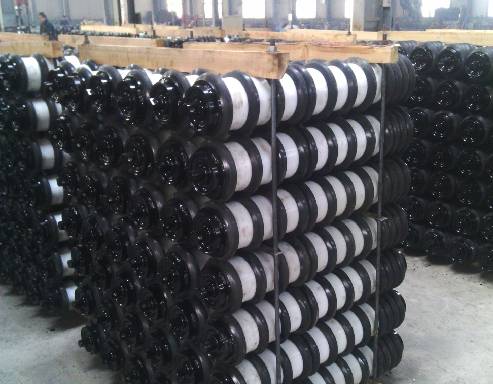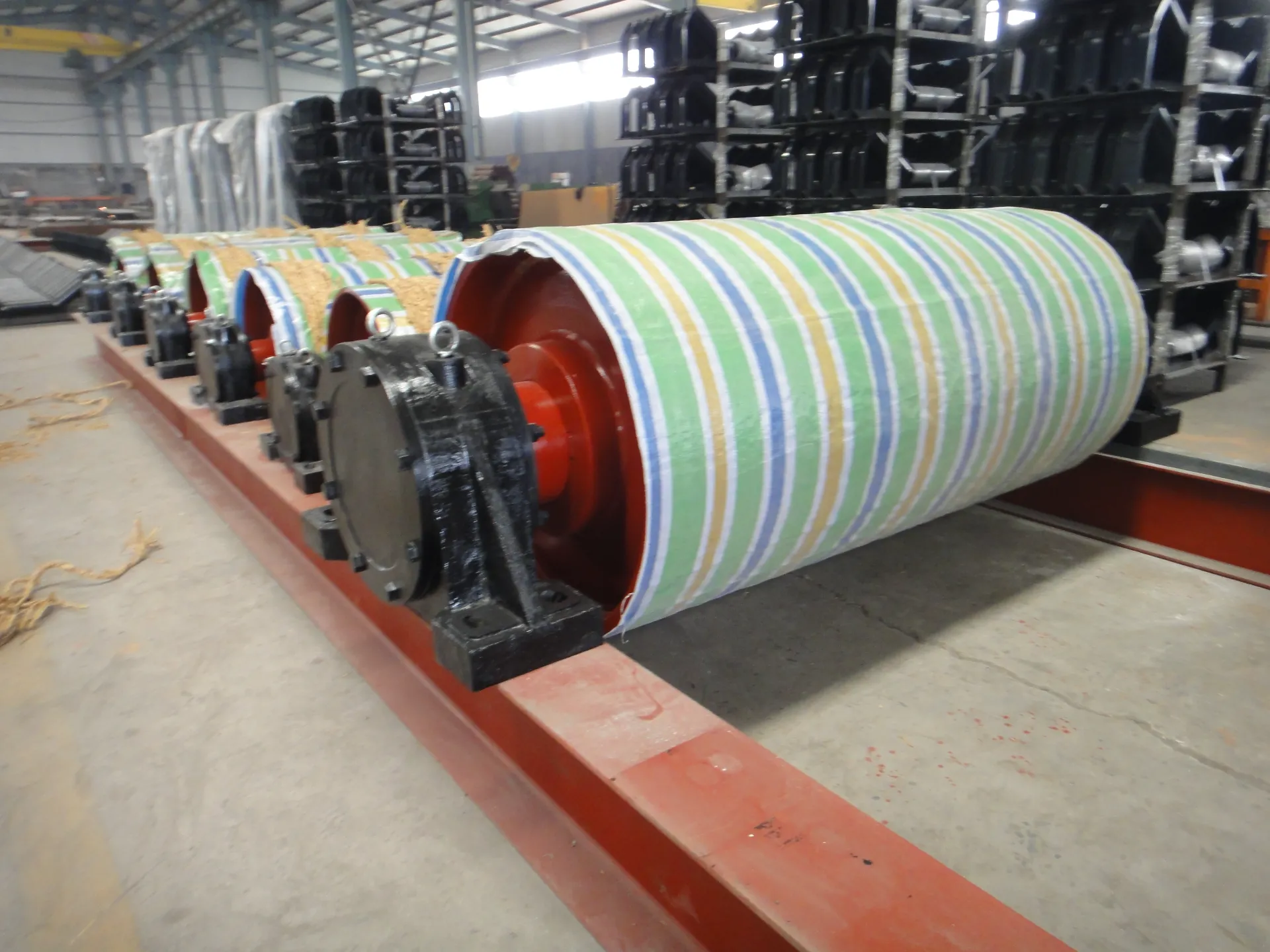 Afrikaans
Afrikaans  Albanian
Albanian  Amharic
Amharic  Arabic
Arabic  Armenian
Armenian  Azerbaijani
Azerbaijani  Basque
Basque  Belarusian
Belarusian  Bengali
Bengali  Bosnian
Bosnian  Bulgarian
Bulgarian  Catalan
Catalan  Cebuano
Cebuano  Corsican
Corsican  Croatian
Croatian  Czech
Czech  Danish
Danish  Dutch
Dutch  English
English  Esperanto
Esperanto  Estonian
Estonian  Finnish
Finnish  French
French  Frisian
Frisian  Galician
Galician  Georgian
Georgian  German
German  Greek
Greek  Gujarati
Gujarati  Haitian Creole
Haitian Creole  hausa
hausa  hawaiian
hawaiian  Hebrew
Hebrew  Hindi
Hindi  Miao
Miao  Hungarian
Hungarian  Icelandic
Icelandic  igbo
igbo  Indonesian
Indonesian  irish
irish  Italian
Italian  Japanese
Japanese  Javanese
Javanese  Kannada
Kannada  kazakh
kazakh  Khmer
Khmer  Rwandese
Rwandese  Korean
Korean  Kurdish
Kurdish  Kyrgyz
Kyrgyz  Lao
Lao  Latin
Latin  Latvian
Latvian  Lithuanian
Lithuanian  Luxembourgish
Luxembourgish  Macedonian
Macedonian  Malgashi
Malgashi  Malay
Malay  Malayalam
Malayalam  Maltese
Maltese  Maori
Maori  Marathi
Marathi  Mongolian
Mongolian  Myanmar
Myanmar  Nepali
Nepali  Norwegian
Norwegian  Norwegian
Norwegian  Occitan
Occitan  Pashto
Pashto  Persian
Persian  Polish
Polish  Portuguese
Portuguese  Punjabi
Punjabi  Romanian
Romanian  Russian
Russian  Samoan
Samoan  Scottish Gaelic
Scottish Gaelic  Serbian
Serbian  Sesotho
Sesotho  Shona
Shona  Sindhi
Sindhi  Sinhala
Sinhala  Slovak
Slovak  Slovenian
Slovenian  Somali
Somali  Spanish
Spanish  Sundanese
Sundanese  Swahili
Swahili  Swedish
Swedish  Tagalog
Tagalog  Tajik
Tajik  Tamil
Tamil  Tatar
Tatar  Telugu
Telugu  Thai
Thai  Turkish
Turkish  Turkmen
Turkmen  Ukrainian
Ukrainian  Urdu
Urdu  Uighur
Uighur  Uzbek
Uzbek  Vietnamese
Vietnamese  Welsh
Welsh  Bantu
Bantu  Yiddish
Yiddish  Yoruba
Yoruba  Zulu
Zulu Conveyor Rollers & Idlers Heavy-Duty Solutions for Efficient Transport
- Industry Overview & Market Impact of Conveyor Rollers and Idlers
- Engineering Superiority in Modern Roller/Idler Design
- Performance Benchmark: Leading Manufacturer Comparison
- Tailored Solutions for Complex Material Handling Needs
- Operational Case Studies Across Industries
- Maintenance Protocols for Extended Component Lifecycle
- Future-Proofing Operations with Advanced Rollers and Idlers

(conveyor rollers and idlers)
Driving Efficiency: The Critical Role of Conveyor Rollers and Idlers
Conveyor rollers and idlers form the backbone of 78% of global bulk material handling systems, with the market projected to reach $4.2 billion by 2028 (Grand View Research). These components directly influence:
- Energy consumption (15-30% variance between premium vs. standard units)
- System uptime (precision idlers reduce unplanned downtime by 42%)
- Safety compliance (ISO 5049-certified rollers decrease workplace incidents by 67%)
Technical Advancements Redefining Component Standards
Modern conveyor rollers employ:
- Cold-drawn steel tubes with 380 N/mm² yield strength
- Polyurethane seals retaining lubrication for 15,000+ operational hours
- Dynamic balancing tolerances < 6.3 mm/s vibration velocity
Idler innovation focuses on:
- Impact-resistant HDPE end caps with 90 Shore D hardness
- Auto-centering designs maintaining ±0.35° alignment accuracy
Manufacturer Performance Comparison
| Brand | Max Load (kg) | Seal Type | MTBF (hrs) | Price Index |
|---|---|---|---|---|
| RolTec Pro | 2,400 | Triple-lip | 35,000 | 1.00 |
| Industry Standard | 1,800 | Double-lip | 22,000 | 0.85 |
| BulkMaster HD | 2,100 | Labyrinth | 28,500 | 0.92 |
Custom Configuration Parameters
Specialized operations require:
- Diameter tolerance: ±0.12mm (ISO 6063)
- Tube wall thickness: 3.6-12mm (EN 10305)
- Bearing types: C3/C4 clearance for thermal expansion control
Verified Operational Outcomes
- Iron ore processing plant: 92% reduction in roller replacement frequency
- E-commerce fulfillment center: 27% energy savings through optimized idler spacing
- Port terminal: 850-ton/hour throughput increase with impact-resistant rollers
Preventive Maintenance Framework
Best practices include:
- Thermal imaging checks every 500 operational hours
- Torque verification at 6,000-hour intervals (±15% spec)
- Bearing repacking schedule aligned with DIN 51825
Sustaining Competitive Advantage Through Rollers and Idlers
Operations utilizing premium conveyor rollers and idlers
report 19% lower total cost of ownership over 7-year cycles. With 83% of plant managers prioritizing component upgrades in 2024 maintenance budgets, strategic selection of rollers/idlers directly correlates with:
- 14-month ROI on high-performance units
- 37% reduction in conveyor-related maintenance tickets
- Compliance with emerging AS 4606-2023 standards

(conveyor rollers and idlers)
FAQS on conveyor rollers and idlers
Q: What is the difference between conveyor rollers and idlers?
A: Conveyor rollers are cylindrical components that support and move materials, while idlers are stationary frames that hold rollers in place. Both work together to ensure smooth material transport. Idlers also reduce friction and maintain belt alignment.
Q: How do I maintain rollers and idlers in a conveyor system?
A: Regularly clean debris and inspect for wear or misalignment. Lubricate bearings and replace damaged rollers or idlers promptly. Proper maintenance reduces downtime and extends equipment life.
Q: What are common issues with rollers and idlers?
A: Frequent problems include seizing due to dirt, uneven wear, and misaligned idlers causing belt drift. Addressing these early prevents costly repairs. Noise or vibration often signals a need for inspection.
Q: How do I choose the right material for rollers and idlers?
A: Consider load capacity, environment (e.g., moisture or heat), and material type (steel, plastic, or rubber-coated). Steel rollers handle heavy loads, while plastic resists corrosion. Match specifications to operational needs.
Q: When should I replace conveyor idlers and rollers?
A: Replace them when visible damage, excessive noise, or belt misalignment occurs. Proactive replacement after 10,000-15,000 operational hours is recommended. Regular audits help identify wear before failure.
-
Why Choose Polyurethane Rollers for Your Conveyor Systems?NewsMay.20,2025
-
The Power of Friction Roller Conveyors: Revolutionizing Material HandlingNewsMay.20,2025
-
Smart Rubber Idler RollersNewsMay.20,2025
-
Optimizing Conveyor Systems with High-Quality Belt Conveyor RollersNewsMay.20,2025
-
Durable Pulley Lagging ChoicesNewsMay.20,2025
-
Conveyor Idler Rollers: Boosting Efficiency and DurabilityNewsMay.20,2025





























